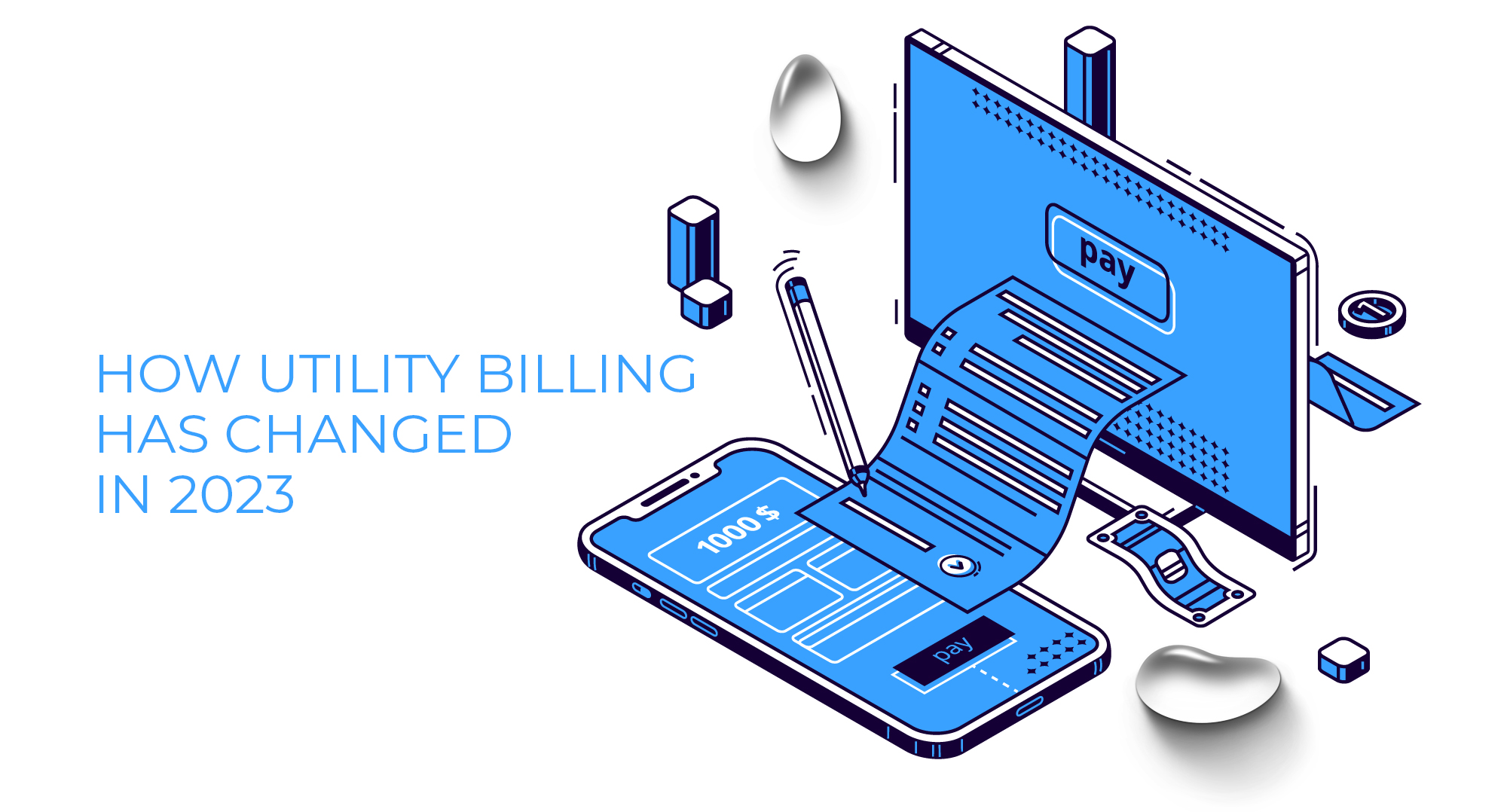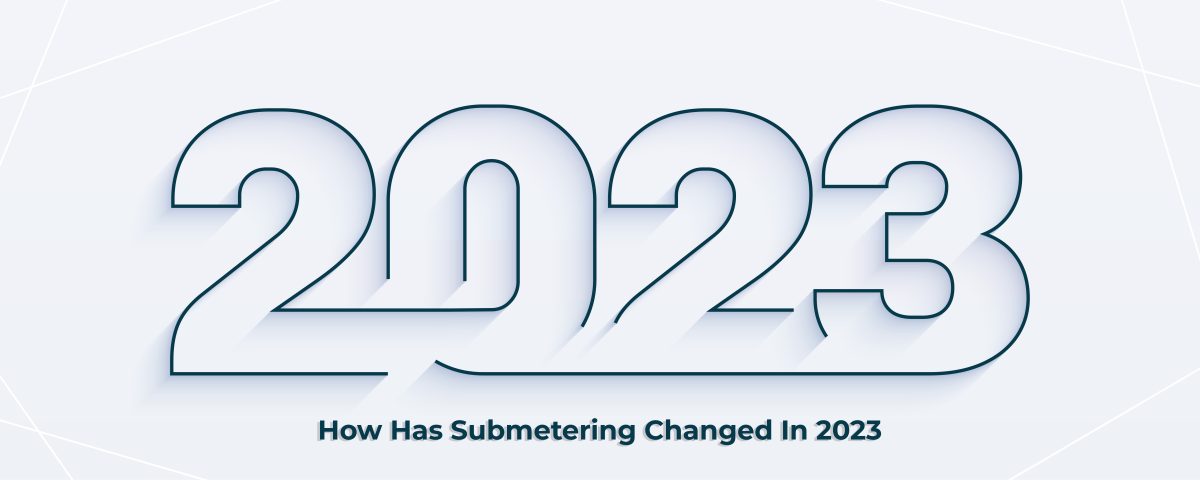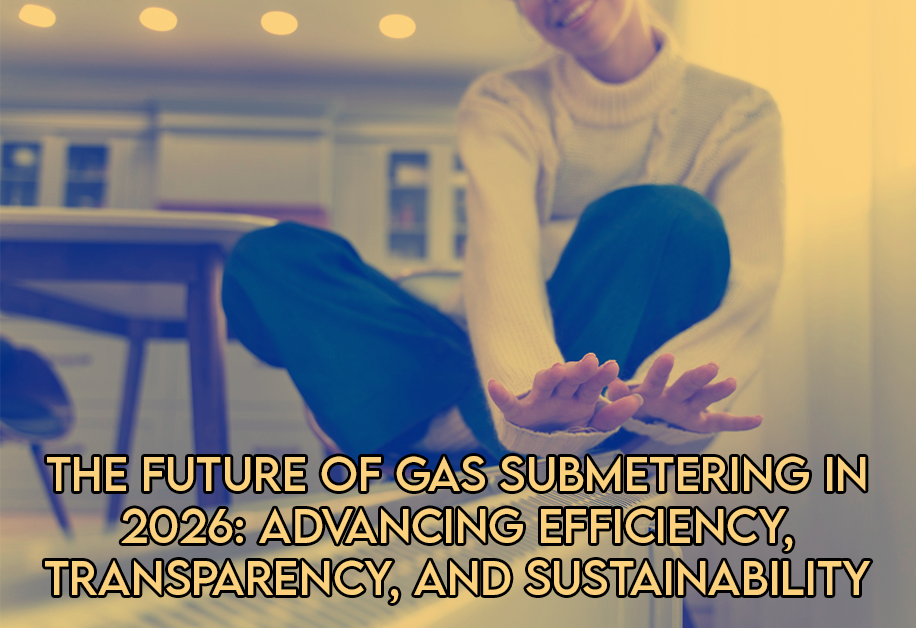
BAAA 2023 Annual Tradeshow Conference
March 2, 2023
How Utility Billing Has Changed In 2023
May 22, 2023How Has Submetering Changed In 2023
In the last decade, submetering has been gaining traction as a method of measuring individual usage of utilities such as water, gas, and electricity. Submetering allows property owners and tenants to accurately track their utility consumption and understand their usage patterns. This knowledge can lead to more efficient usage and can ultimately result in significant cost savings. As we enter 2023, submetering technology has continued to evolve, leading to some notable changes.
One of the most significant changes in submetering is the increase in smart meter technology. Smart meters allow for real-time tracking of utility usage, providing property owners and tenants with up-to-the-minute data on their consumption. This technology has revolutionized the way submetering is used, as it has made it much easier to track usage and identify areas where improvements can be made. Smart meters can also detect leaks or other issues, allowing for quicker resolution and reduced water waste.
Another change in submetering technology is the use of wireless communication. In the past, submetering systems required physical connections to each individual meter. However, with the advent of wireless communication technology, meters can now be connected wirelessly, reducing installation costs and making the process more streamlined. Wireless submetering also allows for greater flexibility in meter placement, as meters can be placed in hard-to-reach areas without the need for physical connections.
One issue that has arisen in the submetering industry is the lack of standardization. There is no standard protocol for submetering data, meaning that different submetering systems may not be compatible with each other. However, efforts are being made to address this issue. In 2023, we are seeing a move towards greater standardization in submetering, with the development of common protocols that allow submetering systems to communicate with each other. This will allow property owners and tenants to easily compare usage data between different properties, enabling them to make more informed decisions about their energy usage.
Finally, the use of submetering has become more widespread across different sectors. In the past, submetering was primarily used in residential and commercial properties. However, in 2023, we are seeing an increase in the use of submetering in industrial and institutional settings. This trend is being driven by the desire to improve energy efficiency in these sectors and reduce operating costs. As submetering technology continues to evolve, we can expect to see even greater adoption in these areas.
In conclusion, submetering has come a long way in the last decade, and the changes we are seeing in 2023 are indicative of the continued evolution of this technology. With the increase in smart meter technology, wireless communication, standardization, and greater adoption across different sectors, submetering has the potential to become an even more powerful tool for reducing energy consumption, saving money, and improving sustainability.





